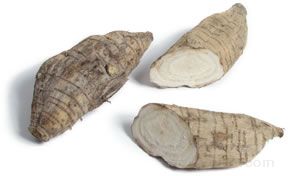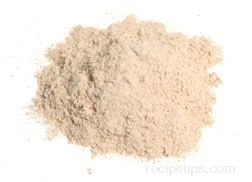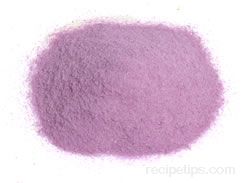Select yams that are not discolored, bruised, or soft to the touch. They should not show signs of distress or mold.
To prepare, a yam must be peeled with a knife, to remove its bark-like skin. After peeling, submerge the white flesh in cold water to keep it from turning dark in color. Cut the yam into pieces or slices and place in boiling salt water to be blanched for approximately 15 minutes or so. Since they are similar to potatoes, yams can be prepared using many of the same methods used for sweet potatoes. When cooked, various varieties of yams develop a somewhat creamy flesh while other varieties remain firm. All yams absorb liquids exceptionally well, so after cooking, their flavor can be enhanced easily by adding flavorful seasonings, spicy or mustard sauces, or various dressings.
Store yams in cool dry areas to decrease the chance of molding and spoilage. Yams stored in plastic containers or plastic bags will also spoil easily if condensation is allowed to form, so keep the yams in areas providing a sufficient flow of air. The yam is also known as true yam, greater yam, cush-cush, igname, mapuey, name yam, nyami tropical yam, and yampi. The "Name" Yam is pronounced "ny-AAH-MAY".












